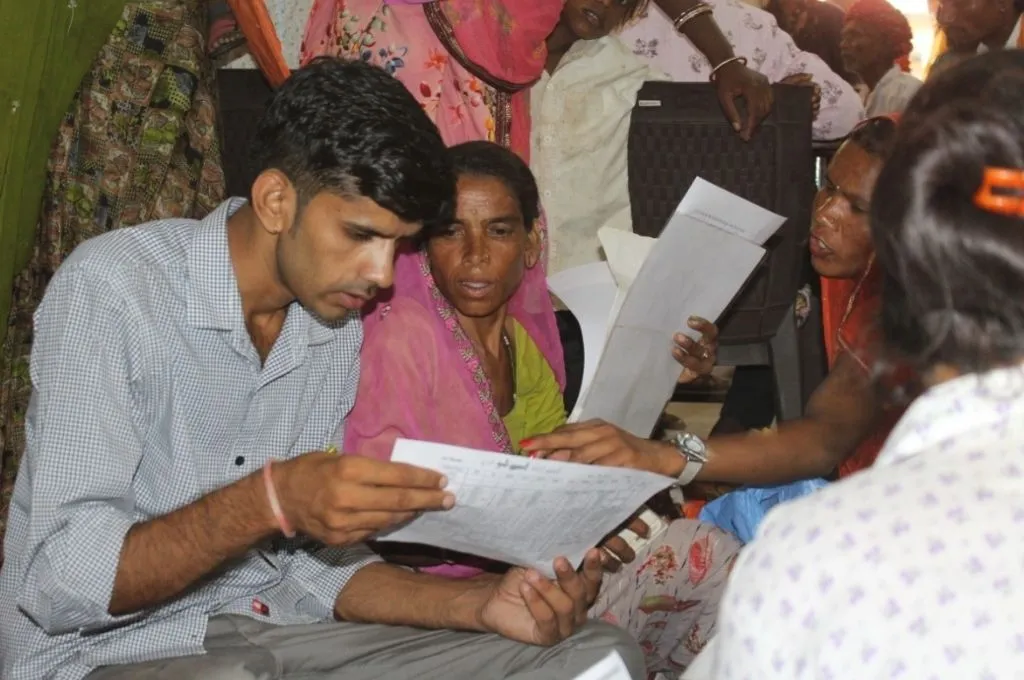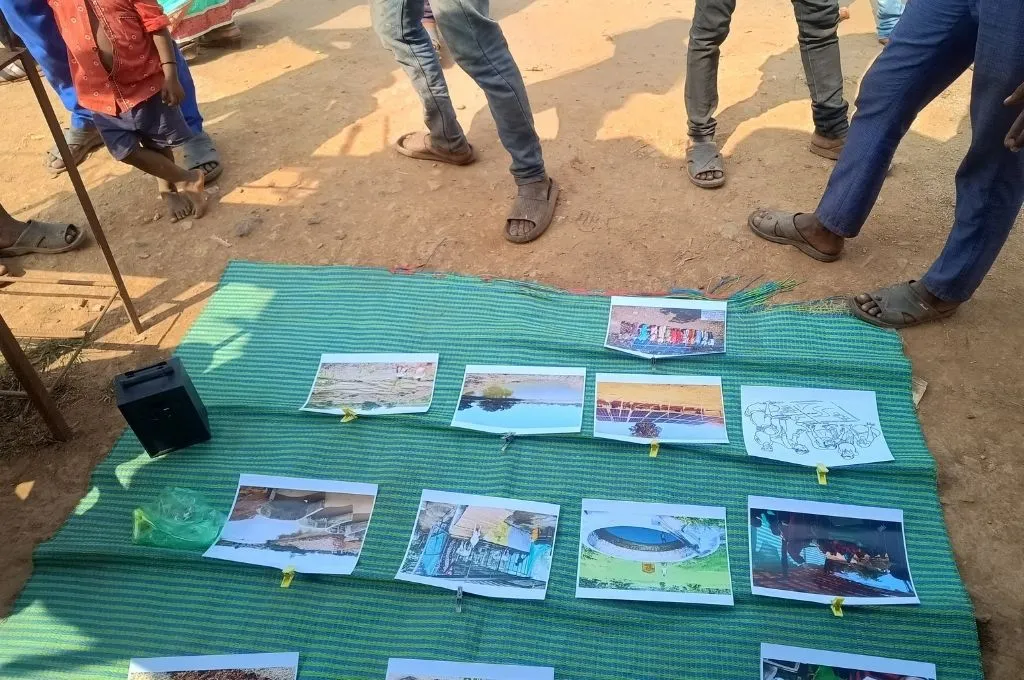READ THIS ARTICLE IN
Millets return to Malkangiri: A solution for soil erosion
Malkangiri is a hilly district that lies in the southernmost part of Odisha, very close to Andhra Pradesh. Due to its location, it receives much heavier rainfall than the rest of Odisha.
Like all districts in the state, Malkangiri villages once grew a variety of millets such as ragi, bajra (pearl millet), and foxtail millet. However, following the Green Revolution, farmers in these regions switched to commercial crops such as rice and wheat, which would give them a better price.
“Our ancestors grew ragi and other millets following traditional farming methods. But because they didn’t get a good price for these in the market, they shifted to rice and wheat that had higher MSP,” says Muka Padiami, a farmer from the district.
Malkangiri should have been an ideal place for water-intensive crops such as rice because it receives good rainfall. However, this has not been the case due to water run-off, which is particularly common for farmers living uphill. In addition, rainfall patterns have changed, leading to prolonged dry spells that damage water-intensive crops. Abhijit Mohanty, programme manager at WASSAN, a nonprofit that works with the Odisha government programme secretariat on the Odisha Millet Mission (OMM), says, “Water run-off also leads to soil erosion and loss of fertile soil for the farmers. Earlier, the tribes living in the hills used to cultivate millets, which had a deep root system and could hold the soil tightly. This prevented soil erosion.”
Farmers such as Muka are now going back to growing millets. He says, “I have been growing ragi for a few years now, and it’s been three years since I started cultivating bajra. Initially when I started, people in the village would mock me. But now all of them are following my lead because there’s no other way. The rainfall is erratic, and millet requires little water.”
The government’s push for millets in recent years has helped. Farmers like Muka are now earning INR 3,400 for one quintal of millet at MSP in the local mandi (marketplace) set up by the Tribal Development Co-operative Corporation of Odisha. Their farming methods are a mix of new and old ways. Muka says, “Our ancestors grew millets in quantities that were sufficient only for household consumption.”
The new generation of millet farmers in Malkangiri follow improved agronomic methods. For better productivity and yield, they apply bio-inputs such as jeevaamruta, ghanajevamruta, and bijaamruta. Unlike rice, which requires chemical inputs, millet can thrive with minimal agro-inputs.
For the communities in Malkangiri, millet cultivation helps their livelihood in more ways than one. Farmers involved in rainfed agriculture in Malkangiri practise livestock farming as a secondary source of income. The millet crop residues act as fodder for the livestock.
As told to IDR.
Abhijit Mohanty works as programme manager at Watershed Support Services and Activities Network (WASSAN), Bhubaneswar. Muka Padiami is a progressive millet farmer-cum-trainer supported by Odisha Millet Mission (OMM).
—
Know more: Learn why farmers in a West Bengal village are returning to traditional methods of cultivation.
Do more: Connect with the author at abhijitmohanty@wassan.org to learn more about and support his work.




